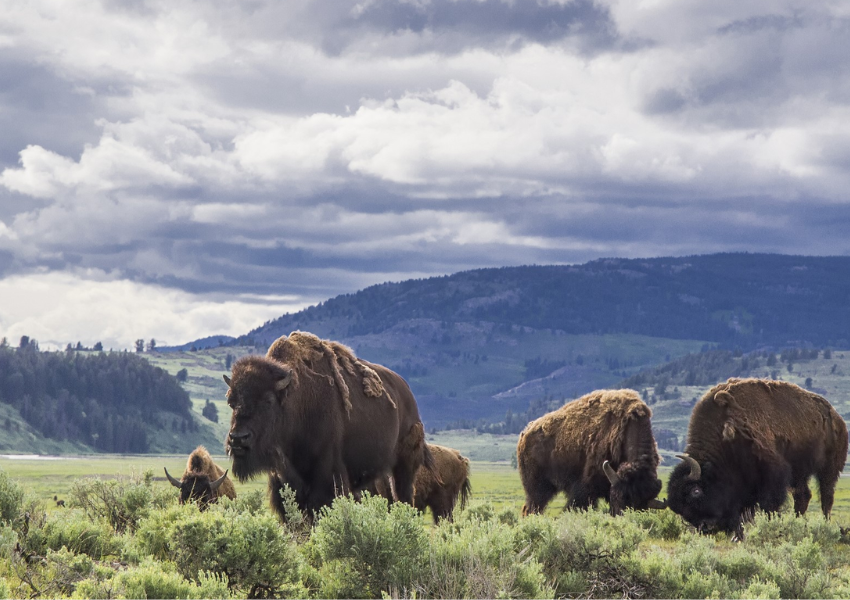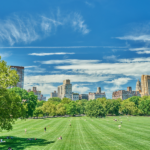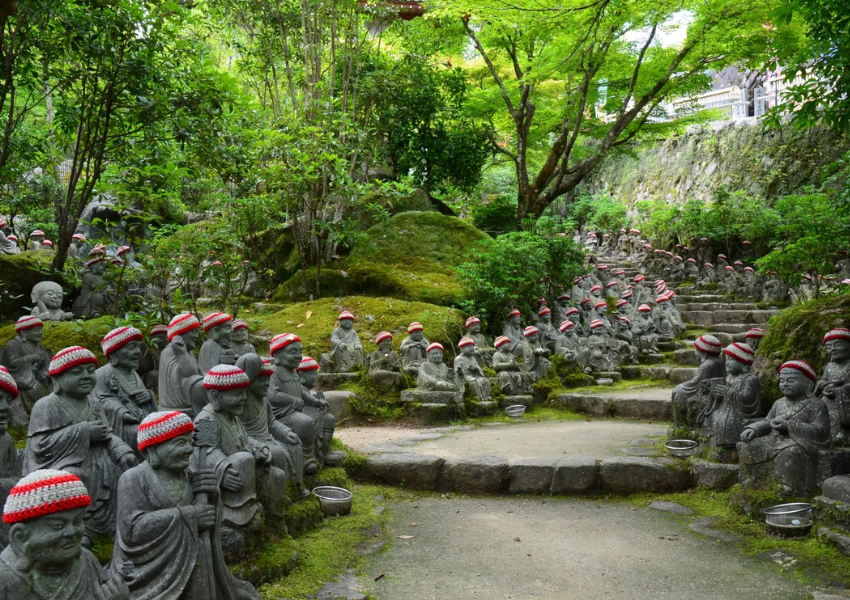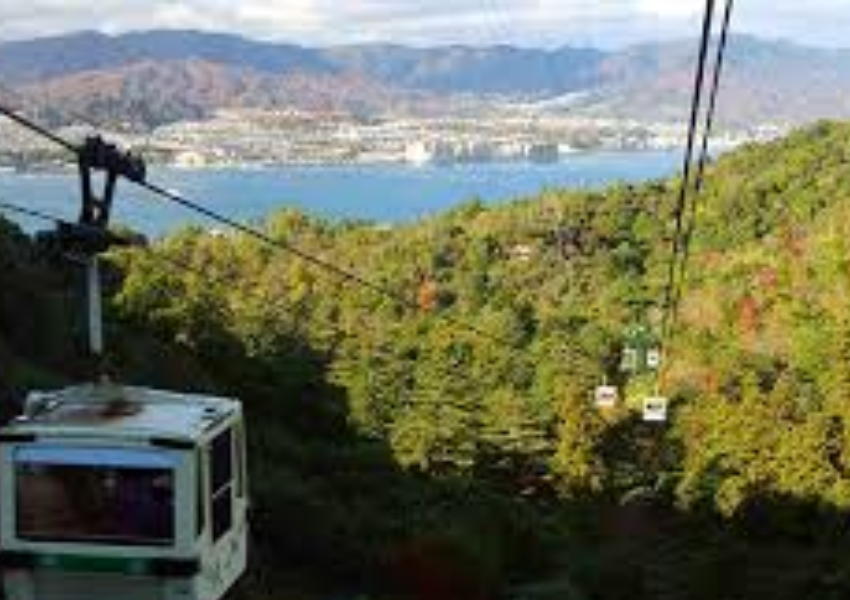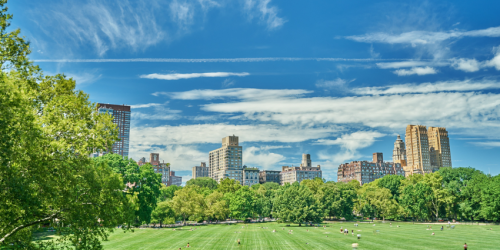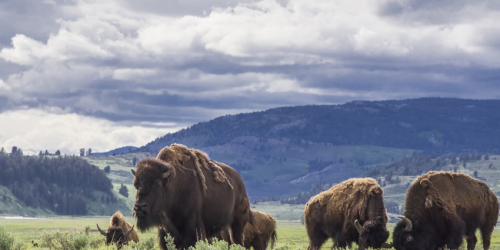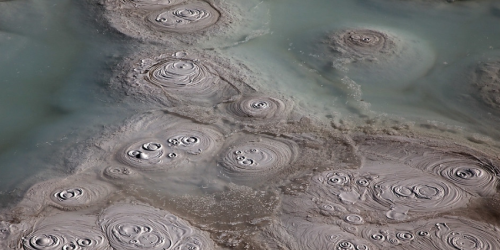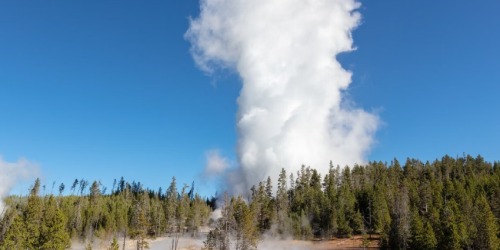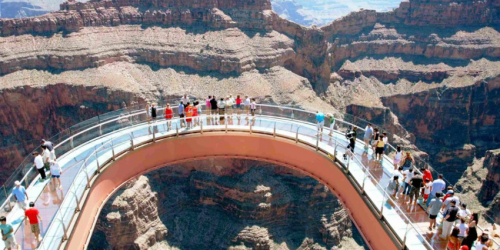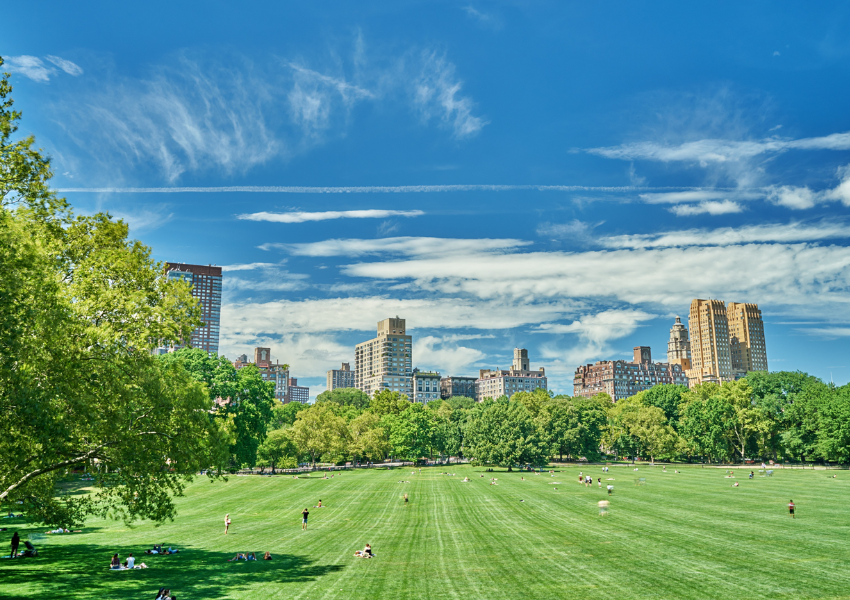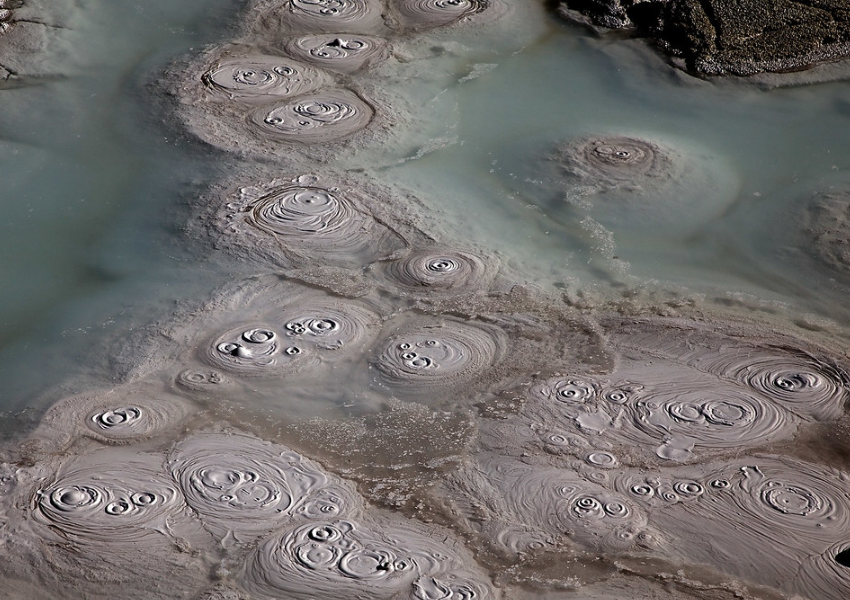Yellowstone National Park, is renowned for its diverse wildlife and unique geothermal features. Observe wildlife in their natural habitats, particularly in the areas they frequent most.
Yellowstone National Park boasts the largest concentration of both large and small mammals. For the best wildlife viewing, visit during dawn and dusk when many animals, especially predators and large mammals, are most active. Never approach a grizzly bear, especially if cubs are present. Always keep a safe distance of at least 100 yards between you and bears and wolves, and stay at least 25 yards away from elk and other wildlife.. Carry bear spray and know how to use it. Stay in groups and make noise to avoid surprising a bear. And use binoculars or a spotting scope for a closer look without disturbing them. Remember, despite their appearance, these wild animals are just that—wild.
Table of Contents
ToggleMammals
Black Bears

Yellowstone National Park is a prime habitat for Black Bears and Grizzly Bears.
Black bears can weigh up to 400 pounds and stand between two to four feet tall at the shoulder. Despite their name, black bears can have fur ranging from black to blond to brown, often leading to misidentification as grizzly bears. In the spring, they feast on shrubs and young shoots, and other vegetation as they emerge from hibernation. Come summer and fall, in the warmer months, they migrate to higher elevations to forage for berries and fish, particularly trout, as they prepare for the next hibernation cycle.
Grizzly Bears
Grizzly bears are larger than black bears, with males weighing between 400 and 600 pounds and females weighing between 250 and 350 pounds. They can stand up to 7 feet tall on their hind legs.
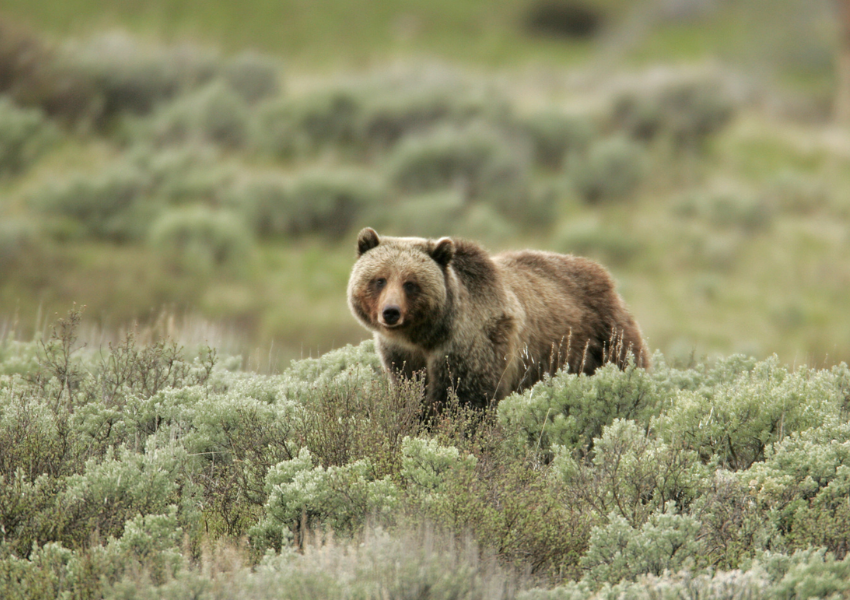
Grizzlies have a distinctive hump on their shoulders, which is a muscle mass used for digging. Their fur ranges from blonde to dark brown, often with grizzled, or silver-tipped, hair. A long snout and smaller ears than black bears.
Grizzlies are omnivores, consuming a varied diet that includes plants, insects, fish, and mammals. In the spring, grizzlies are often seen in lower elevations, they often feed on roots, tubers, and carcasses of animals that didn’t survive the winter. During summer and fall, they move to higher elevations, they eat berries, nuts, and fish, particularly cutthroat trout.
Grizzly bears are solitary animals, except for mothers with cubs or during mating season.
Where to See Black Bears and Grizzly Bears: Lamar Valley and Hayden Valley are prime spots for wildlife viewing.
Wolves
The reintroduction of wolves to Yellowstone National Park stands as a monumental conservation triumph, delivering profound ecological benefits.

By the 1920s, wolves were eradicated from Yellowstone National Park through extensive hunting, trapping, and poisoning. Their absence led to an elk overpopulation, which overgrazed vegetation and disrupted the ecosystem’s balance.
In 1995 and 1996, 31 gray wolves from Canada were reintroduced to Yellowstone to restore natural predator-prey dynamics. This reintroduction sparked a trophic cascade, prompting widespread ecological changes. With reduced elk populations, willow, aspen, and cottonwood trees began to recover, revitalizing riparian habitats. This vegetation recovery supported various species, including beavers, songbirds, and fish, by enhancing their habitats and food sources. Additionally, wolves’ kills provided sustenance for scavengers like bears, eagles, and ravens, boosting their survival and reproductive success.
As of 2022, approximately 90 wolves roamed in and around Yellowstone, with about 450 total wolves in the Greater Yellowstone area.
Where to See Wolves in Yellowstone: The most frequently sighted wolf packs roam the Lamar Valley, Hayden Valley, Canyon area, and Blacktail Deer Plateau.
Bison, often referred to as buffalo
Yellowstone is home to the largest public herd of American bison, with around number 5,000. Bison can weigh up to 2,000 pounds. Yellowstone is one of the few places where bison have lived continuously since prehistoric times.

Bison live in herds. They are known for their seasonal migrations within the park, moving to lower elevations during the winter and higher elevations in the summer.
Bison play a crucial role in maintaining the health of the prairie ecosystem. Their grazing patterns help maintain plant diversity and their wallowing behavior creates habitats for other species.
Best Viewing Spots: Lamar Valley and Hayden Valley are two of the best places to see bison in Yellowstone. While they may seem docile, they are unpredictable and have injured visitors who approach them. Always keep a safe distance from bison (at least 25 yards) and follow park regulations to ensure both their safety and the well-being of the animals.
Elk
With one of the largest elk populations in North America, Yellowstone’s elk are most visible in the fall during their rutting season.
The elk population in Yellowstone varies seasonally and annually, with estimates ranging from 10,000 to 20,000. Bulls weigh up to 700 pounds. Females may weigh up to 500 pounds. The northern herd is the most well-known, but there are several smaller herds throughout the park.
Elk are typically forming large herds. They are most active during dawn and dusk (crepuscular), when they forage for food. The fall rut is a particularly exciting time to observe elk, as bulls can be seen and heard bugling and engaging in combat.
The rut, or mating season, occurs in the fall, typically from late September to early October. During this time, males (bulls) engage in dramatic displays and fights to attract females (cows). Calves are born in late spring to early summer.
Best Viewing Spots: Some of the best places to see elk in Yellowstone include the Mammoth Hot Springs area, where they often graze on the lawns, and the Lamar and Hayden Valleys, where large herds can be observed. Always keep a safe distance from elk, at least 25 yards. During the rut, bulls can be particularly aggressive, and cows can be protective of their calves.
Moose
Moose are generally solitary animals except during mating season (rut) in the fall and when mothers are raising their calves. They are known for their large size, long legs, and distinctive antlers in males. Moose are the largest members of the deer family, with males (bulls) standing up to 6.5 feet at the shoulder and weighing up to 1,500 pounds.
Moose in Yellowstone are typically found in wetland areas, including river valleys, marshes, and lakeshores. They prefer areas with abundant willows. They primarily eat willows, aquatic vegetation, and other woody plants.
Best Viewing Spots: The northern range of the park, around Yellowstone Lake, the Lamar Valley, Fishing Bridge, West Thumb and Hayden Valley. Keep a safe distance from moose, as they can be unpredictable and potentially dangerous, especially females with calves and during the rut.
Birds
Yellowstone is a birdwatcher’s paradise, with over 300 species recorded.
Bald Eagles and Ospreys
Yellowstone is a birdwatcher’s paradise, with over 300 species recorded.
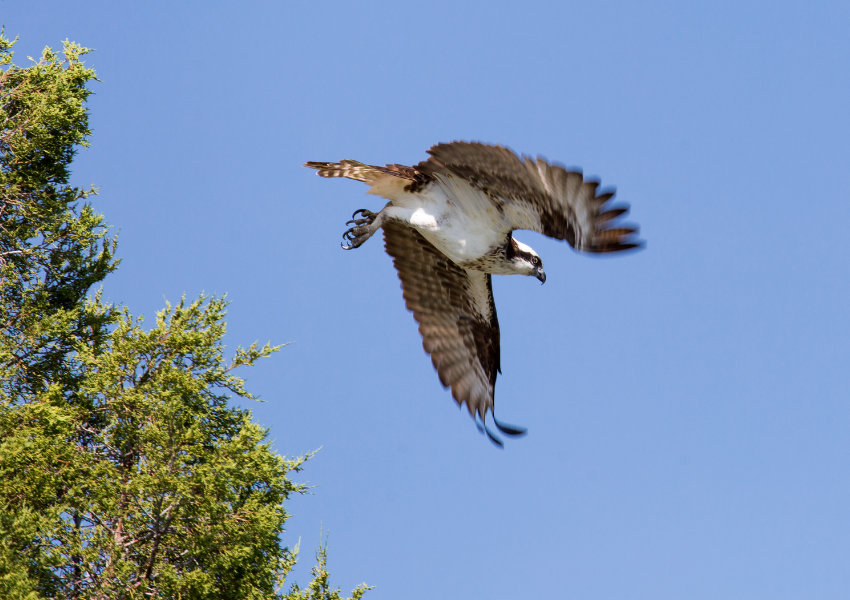
Bald Eagles and Ospreys: Commonly seen around lakes and rivers. Bald Eagles are larger, with a distinctive white head and tail, whereas Ospreys have a brown and white body with a distinctive dark eye stripe.
Bald Eagles and Ospreys are often found near water bodies, such as rivers, lakes, and wetlands, where they can hunt for fish. And they also eat birds, small mammals, and carrion. In Yellowstone, they are commonly seen around Yellowstone Lake, the Yellowstone River, and other large bodies of water.
They build large nests, called eyries, in tall trees or on cliffs near water, and even man-made platforms. These nests are reused and added to each year, becoming quite large over time.
Bald Eagles and Ospreys can be seen year-round, but they are most visible during the breeding season in spring and early summer.
Best Viewing Spots: Yellowstone Lake, Hayden Valley, along the Yellowstone River, and other large bodies of water.
Trumpeter Swans
Trumpeter Swans are the largest native waterfowl species in North America, with wingspans reaching up to 10 feet and weights of up to 30 pounds.
They are named for their distinctive trumpet-like call, which can be heard over long distances and is used for communication between mates and within flocks.
Trumpeter Swans can live for over 20 years in the wild, and their long lifespan allows for long-term pair bonds. They are known for their strong pair bonds and often mate for life. They are highly territorial during the breeding season, fiercely defending their nesting sites.
Trumpeter Swans in Yellowstone typically inhabit shallow lakes, ponds, and slow-moving rivers. They prefer areas with abundant aquatic vegetation, which they use for food and nesting. They’re most commonly observed during the spring and summer months when they are nesting and raising their young.
Best Viewing Spots: Seven Mile Bridge, between Madison Junction and the West Entrance of Yellowstone, South of Mammoth Hot Springs on Swan Lake, and on the Yellowstone River and Hayden Valley.
Fish
Yellowstone Cutthroat Trout
Yellowstone Cutthroat Trout are a native in Yellowstone National Park.
These trout are known for their migratory behavior, moving between habitats for spawning, feeding, and overwintering. They typically spawn in the spring, with females laying eggs in shallow, gravelly areas of streams. Yellowstone Cutthroat Trout prefer clear, cold waters with gravel bottoms for spawning.
Yellowstone Cutthroat Trout are characterized by their bright coloration, with a golden body, red slash marks on the lower jaw, and black spots concentrated towards the tail. They can grow quite large, especially in Yellowstone Lake, where they may reach sizes of up to 25 inches and several pounds.
Best Viewing Spots: Yellowstone Lake, the Yellowstone River, Slough Creek, and Lamar River.
Rainbow Trout and Brown Trout
Rainbow Trout and Brown Trout are two prominent species of fish found in Yellowstone National Park.
Rainbow Trout and Brown Trout were introduced to Yellowstone waters in the late 19th and early 20th centuries.
Rainbow Trout are known for their vibrant, colorful appearance, with a distinctive pink to red stripe running along their sides. Brown Trout have a more subdued coloration compared to Rainbow Trout, with golden-brown bodies and dark spots surrounded by lighter halos.
Rainbow Trout are typically 12 to 20 inches long but can grow larger in ideal conditions. Brown Trout are bigger, they can grow quite large, with some individuals reaching lengths of over 30 inches and weights exceeding 10 pounds.
They are popular among anglers for their fighting spirit and are considered one of the most sought-after game fish. However, Rainbow Trout can hybridize with native Cutthroat Trout, leading to a decline in pure Cutthroat populations, particularly the Yellowstone Cutthroat Trout.
Best Viewing Spots: They are widespread in many rivers and lakes throughout the park, including the Yellowstone River, Gibbon River, Firehole River, and Madison River.
Thanks For Reading!
Yellowstone’s unique combination of geothermal features and diverse habitats makes it one of the premier wildlife destinations in the world. Whether you’re a casual visitor or a dedicated wildlife enthusiast, the park offers an unparalleled opportunity to observe animals in their natural environment.
- Discover the Best Attractions in New York City
- Wildlife of Yellowstone National Park
- Mud pots
- Steamboat Geyser
- Castle Geyser
- Norris Geyser Basin
- Old Faithful Geyser
- The Grand Prismatic Spring
- Geysers and Hot Springs Yellowstone National Park
- Mount Washburn
- Yellowstone Lake
- Mammoth Hot Springs
- Avalanche Peak
- The Grand Canyon of the Yellowstone
- Outdoor Adventures Of Yellowstone National Park
- Unlocking Yellowstone: 14 Essential Insights for Your Journey
- Yellowstone National Park
- Best places to visit in the USA
- Grand Canyon West Rim
- New York City

